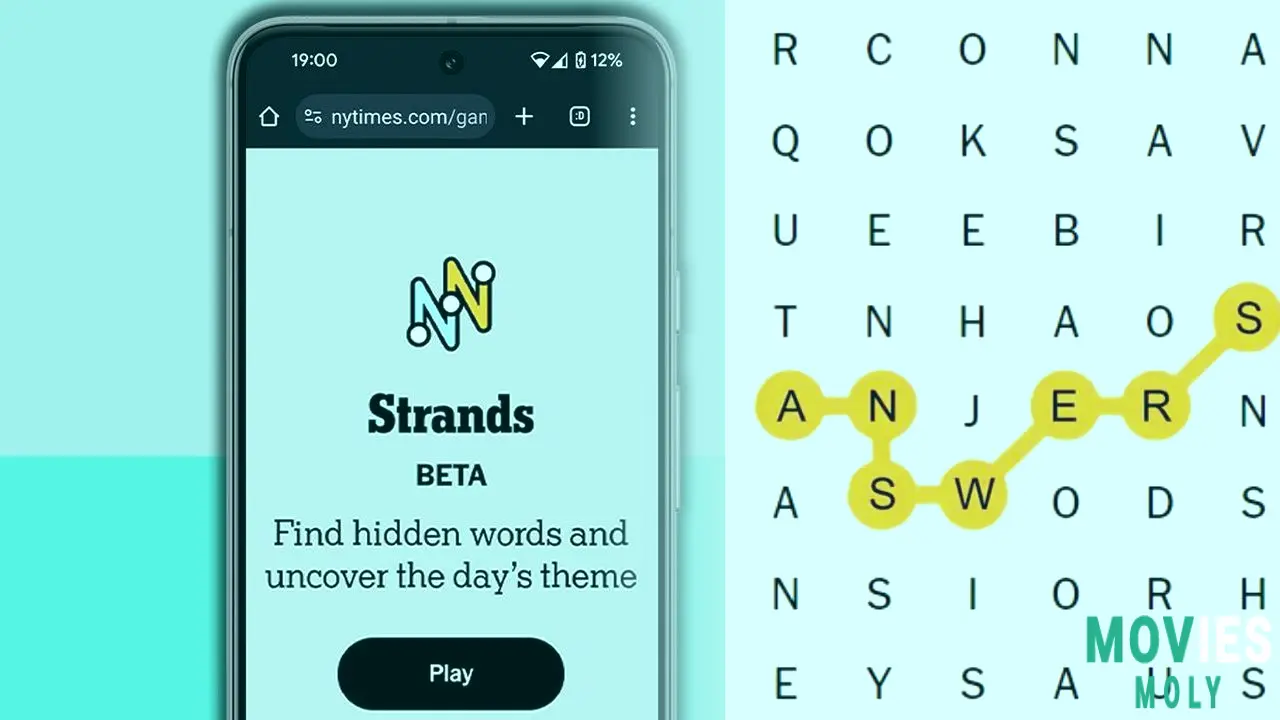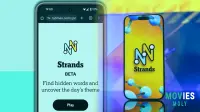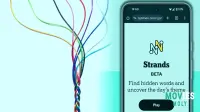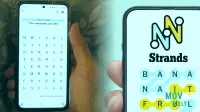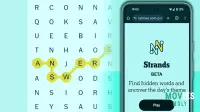The field of word puzzles is always expanding, and one of the most recent additions has rapidly piqued the interest of puzzle fans worldwide. This daily challenge adds a new twist to traditional word searches, requiring not only a keen eye but also a quick thinking for theme connections. If you are having trouble solving today's problem, you have come to the correct spot. We're here to help you find the hidden words and complete the daily challenge, providing not just answers but also suggestions for improving your game.
How to Play NYT Strands: A Quick Guide for BeginnersStrands may appear unfamiliar to people new to the grid. It shows a grid of letters, and your purpose is to find words that meet a specific, unspecified subject. Unlike a standard word search, which lists words for you to find, Strands requires you to discover both the words and the unifying notion. Every letter on the board must be used to build words, including a special word called the spangram.
Step-by-Step Guide for Solving Strands
To begin, swipe or click, then drag your finger across neighboring letters to create words. Words may be made horizontally, vertically, or diagonally. As you find words, they will be highlighted and removed from the grid. The key is to locate words that correspond to the puzzle's hidden topic. If you come across an acceptable word that is not related to the theme, it is considered a "non-theme word." Collect three non-theme words, and the game will give you a hint by highlighting letters that form a theme word.
The final goal is to identify all of the theme words and the spangram. The spangram is a one-of-a-kind theme word that spans the full grid and touches two opposing sides. It's generally the most telling clue about the day's subject, so locating it early will help you piece together the rest of the jigsaw.
How to Use Strands Hints Effectively
The game offers tips, but learning how to use them effectively is a skill in and of itself. When you use a clue (such as discovering three non-theme words), a random group of letters from a theme word are highlighted. This could be a straight clue or merely a starting point. Don't only look at the highlighted letters; think about how the surrounding letters could make a term linked to the emerging subject. Sometimes the clue gives a simple, clear word that helps you understand the larger topic.
Today's NY Times Strands Puzzle: Hints, Theme, and Spangram Revealed
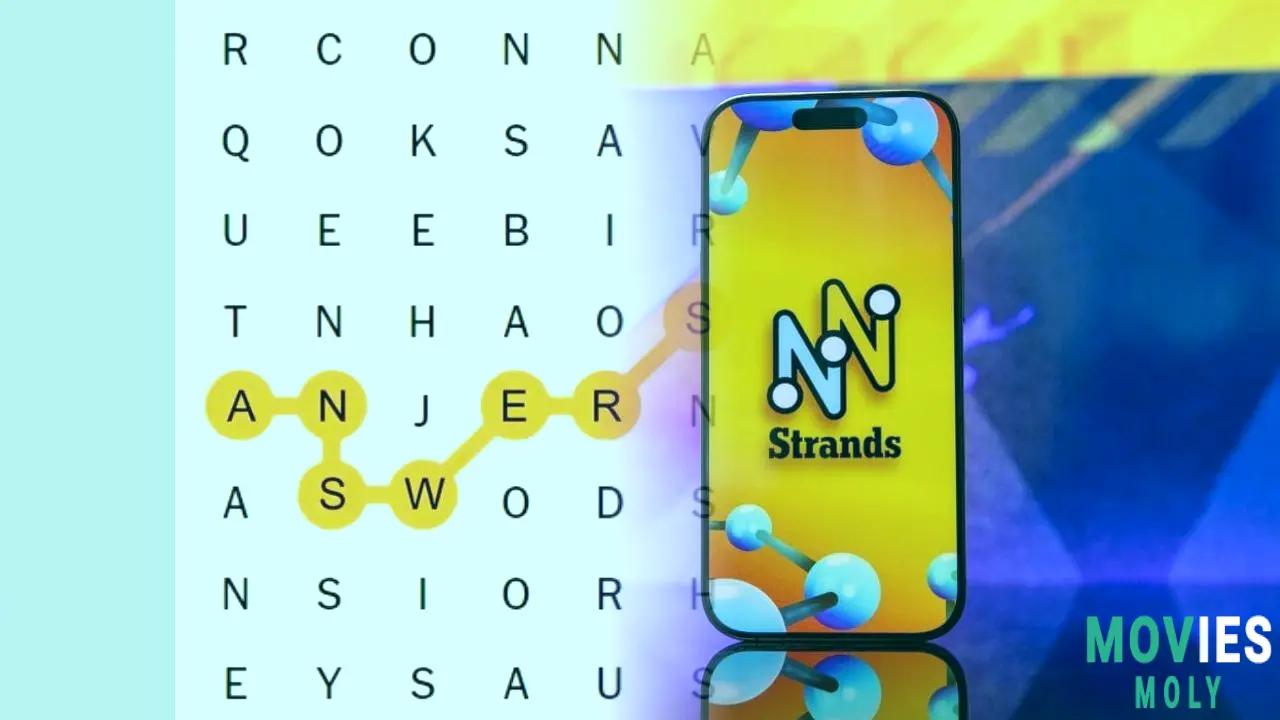
Strands Puzzle #525 gives a new challenge on August 10, 2025. The concept is subtle and requires some lateral thinking. If you're stuck, this is a light nudge in the correct direction.
What is Strands Spangram?
The spangram is the puzzle's backbone, a word that runs from one side of the grid to the other and has a direct connection to the theme. For puzzle #525, the spangram is PARTIES. This word is important because it frequently reveals the broad category of the other hidden words. Consider what "parties" might mean in a thematic sense.
Decoding the Daily Strands Theme.
With "PARTIES" as our spangram, today's Strands puzzle #525 is titled "Things you have at a party." This subject serves as a guide for all of the words you must find. It's not just about the event, but also about the products, activities, or concepts that surround it.
Daily Strands Answers: Complete Solutions on August 10.
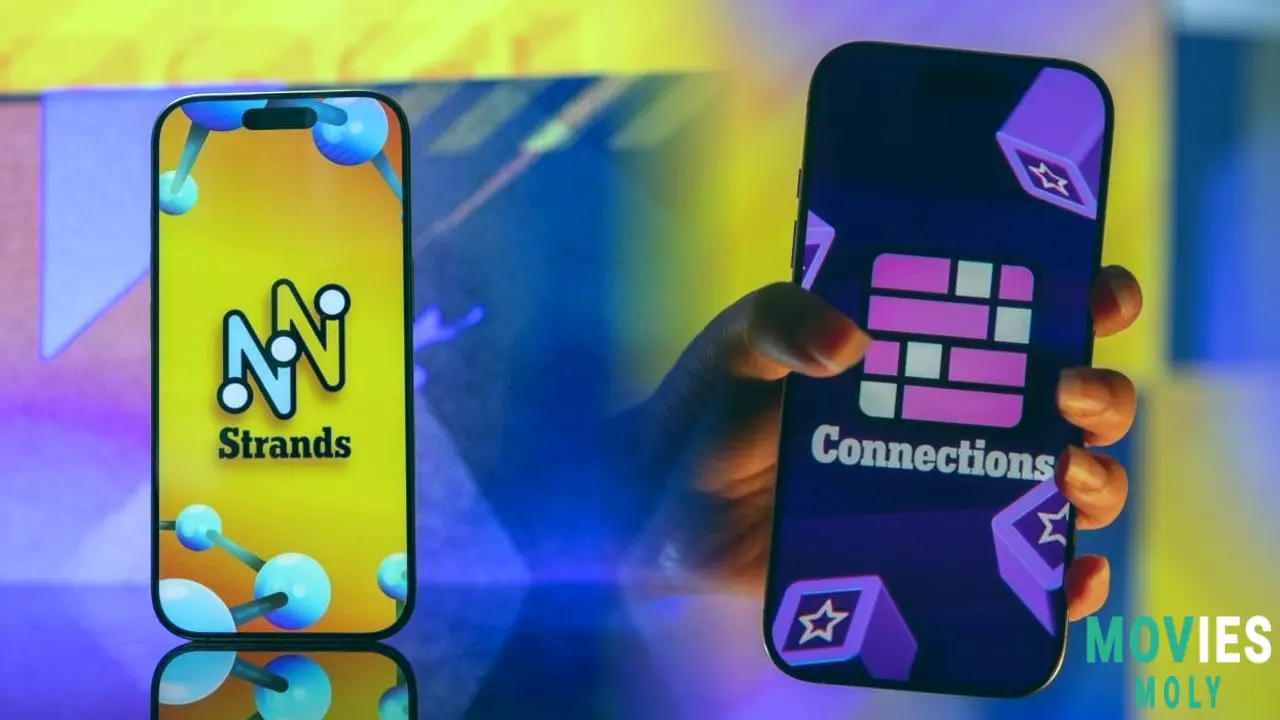
Ready to check if you have them all? Here are the complete solutions to today's Strands problem #525:
Advanced Strands Strategies: How to Improve Your Game
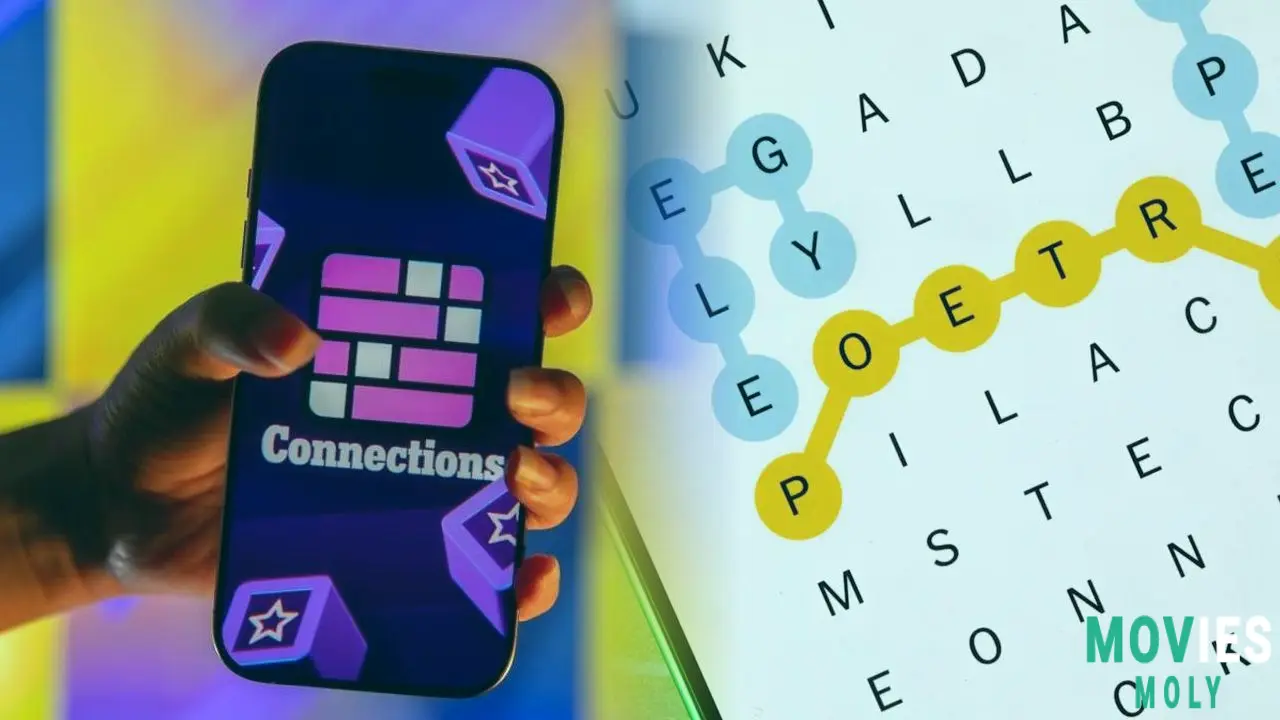
Moving beyond the fundamentals, mastering Strands requires cultivating a sharp eye for patterns and a flexible approach to word association. Once you've figured out the theme, seek for synonyms, related concepts, and even abstract connections, rather than just apparent terms.
One good method is to search the entire grid for long words first. A longer word may be a theme word or part of the spangram, giving you a big advantage. Pay attention to letter clusters, as they frequently create popular word ends or beginnings.
Common Strands Mistakes To Avoid
One common mistake is being obsessed on a single interpretation of the theme. Strand themes can be unexpectedly broad or specific. If you're stuck, take a break and come back with a new perspective. Another mistake is swiping letters at random in the hopes of finding a word. While this can sometimes help non-theme words get hints, it is ineffective for solving the puzzle. Once you've decided on a theme, focus on purposeful word searches.
Understanding Strands Themes: How to Discover the Hidden Connection
Strands' themes span from precise classifications like "Types of Fruit" to more abstract concepts like "Things that are Fleeting." To predict word types, examine the following categories:
Comparing Strands to Other New York Times Games (Wordle, Connections, Mini Crossword)
The New York Times has emerged as a leader in daily word games, with Strands joining the ranks of popular titles such as Wordle, Connections, and Mini Crossword. Strands combines parts of Wordle and Connections, which test your deductive reasoning for a single five-letter word and your ability to classify words into four unique categories, respectively. It combines the word-finding ability of a word search with thematic deduction of Connections. Its distinct format distinguishes it, providing a stimulating cerebral workout that feels both familiar and novel. This evolution within the NYT game family demonstrates a definite trend toward more complicated, multi-layered word puzzles.
Strands Archive: Previous Puzzles and Solutions.Have you missed a day or would want to explore a previous puzzle? The Strands archive allows you to return and complete past challenges. While we can't link directly here, a quick search for "NYT Strands archive" will take you to a treasure mine of previous riddles. Reviewing previous riddles can also help you practice and detect similar thematic patterns, preparing you for future daily difficulties.
Frequently Asked Questions about StrandsHere are some common questions players ask regarding Strands:
Troubleshooting Strands game issues.
If you are experiencing problems such as the game not loading or incorrect answers, try restarting your browser or deleting your cache. Ensure that your device's software is up to date. If problems persist, visiting the official NYT Games support page is always a smart idea.
The Psychology of Strands: How the Puzzle Tests Your BrainStrands is a word game that also serves as a cognitive exercise. It activates several sections of your brain, including word recognition, pattern identification, and abstract reasoning. The thrill of discovering the spangram or ultimately solving the theme after much effort demonstrates the puzzle's ability to challenge and reward. It encourages you to think differently, to see connections when none are clear, and to approach challenges from many perspectives. This mental practice can be quite beneficial to cognitive agility.
Community Insights: Share Your Strand's SuccessThe daily Strands puzzle has quickly become a source of discussion among word game fans. Many people discuss their victories and challenges online, rejoicing in those "aha!" moments when the concept finally clicks.
@PuzzlePro expressed their excitement: "Just cracked today's NYT Strands! The 'Kings of Swing and Bebop' theme really put my jazz expertise to the test. I love these everyday brain teasers! #NYTStrands #wordpuzzle"
@WordWizard provided encouragement: "Stuck on Strands?" Do not give up! Look for tiny connections, and remember that the spangram is essential. It's all about that 'aha!' moment. "#StrandsHints #NYTgames."
@DailyGamer commended the game's design, writing, "The New York Times has truly outdone itself with Strands." It's more than just a word search; it's a theme challenge that keeps me interested every day. "#StrandsAddict #NYTPuzzles."
@BrainTeaserFan commented on the difficulty: "Finding the'remainder' in today's Strands was trickier than expected! These problems definitely encourage you to think beyond the box. What is your strategy? #StrandsAnswers #PuzzleChallenge"
@PuzzleLover sums up our everyday joy: "My morning habit includes coffee and the New York Times Strands. The satisfaction of discovering that spangram is unparalleled! What is your favorite NYT game? #NYTStrands #WordGames.
We invite you to share your own advice and successes. What tactics have worked for you? What is your favorite "aha!" moment from a recent puzzle? Join the conversation and assist fellow puzzlers in mastering this exciting new game.

